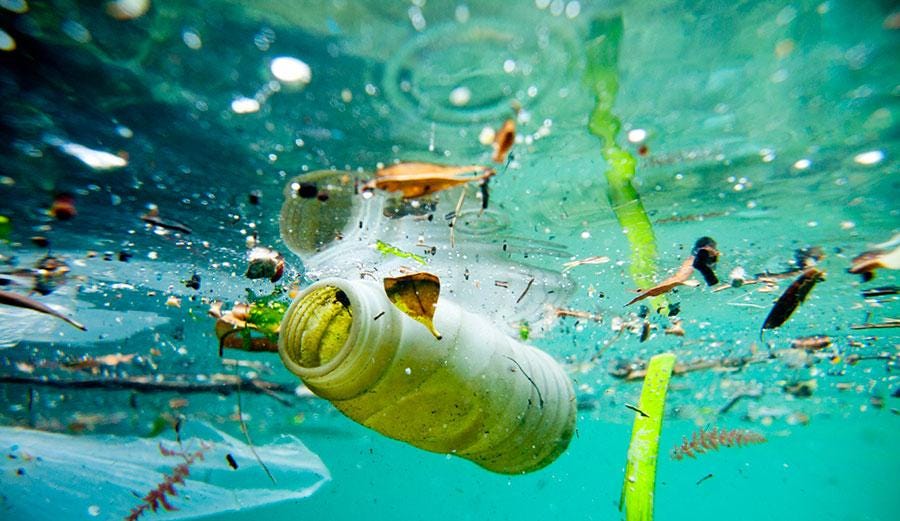Should We Ban Plastic Bags

To begin with plastic trash often ends up in the ocean. Have you ever heard of a trash island in the middle of the Pacific Ocean? This island is made up of trash that is the size of Texas that is still growing in size. Trash island is estimated to be about 5,800,000 square miles! For instance plastic bags are usually only used for twenty minutes and then begin the journey to the ocean through the sewers, because most owners of the bags just leave them in the street to be blown away into the sewers. Did you know that more than 17 billion pounds of plastic trash ends up in the ocean each year?
Second, plastic bags can be harmful to marine life. For instance in Norway 30 plastic bags were found in the stomach of a beached whale. Plastic bags consumed could lead to death by suffocation which is very sad. Did you know that at least 1 million seabirds and 100,000 mammals die each year from plastic materials.
Third, plastic bags can also contribute to global climate change. Plastic bags are made out of a material that will release greenhouse gases when they decompose. Which is a very big core material in global climate change. The amount of trash that is burned each year in the dump will make massive impact on global climate change. Climate change will heat up the earth melt all of the ice in the world and make more water which will consume all the land in the world.
I think we should ban plastic bags. Did you know that California banned plastic bags last November? I say every state should do that. It’s easy to think plastic bags do not do any harm to the environment and can be recycled, but most don’t recycle them and put them in the regular trash or let them blow away. When you face the facts really plastic bags add to global climate change, harm marine life, and end up in our oceans or landfills. In the end you are sacrificing creatures to your benefit to live in your everyday life. Next time you go to the store think twice about your plastic bag or paper bag choice.
Photo credit: https://nuscimag.com/the-ocean-needs-you-not-your-trash-7d5967aa9e83
